Want to Show People What Their City Could Be? Build It.
To say that Luke Mari is unafraid of controversy would be an understatement. But it got personal when Mari and Aryze, the real-estate development firm in which he is a partner, began work on a townhouse project in their own neighborhood in Victoria, British Columbia. Certain neighbors did not take kindly to it. "We’d go to the park and people would say, 'How dare you play in this park when you’re trying to ruin our neighborhood!'" says Mari. “They spread our pictures on social media, accused us of being the embodiment of greed, and put up defamatory signs on telephone poles all in an effort to incite fear and anger against our company.”
When you talk to Mari, though, you quickly get the sense that greed doesn't rank on his list of motivations. Through his work in Victoria with Aryze, they have become one of the elegant waterfront city's most visible and provocative evangelists for walkable urban development, and for addressing the city's housing shortage by filling in existing neighborhoods with more homes.
This evangelist's mindset is the thing that's most obvious in even a short conversation with him: Mari wants to change how Victoria is built. He wants to change the rules. And Aryze is determined to make their case for new rules by pushing the boundaries of what they're allowed to build—and doing so in a very calculated effort to spark a civic conversation about what Victoria's future ought to look like.
Aryze's approach is unique, but a natural fit for Mari's background: he studied land economics and urban planning and has worked in city planning, so he understands the ins and outs of land-use regulation. Many developers shy away from the hassle, delay, uncertainty and potential political fight involved in petitioning for a variance or zoning code change. They prefer to build in circumstances where they can do what they want as-of-right. Aryze, on the other hand, seeks out pieces of land where a zoning change represents opportunity, not hardship.
If you can get the city council to grant you an extra story, explains Mari, you can build more homes, and the land might now cost $80 per built square foot of the final building, instead of $100 per square foot. "Don't pocket that difference," he advises would-be developers. "Share it!" Aryze economizes on land costs, and uses the savings to invest in great architecture, affordable housing, or other things that produce a lasting benefit to the neighborhood and the public.
“When the neighbors say they’re fighting 20 townhouses, we’ll say, ‘No, you’re actually fighting 20 potential residents in your neighborhood. You’re saying no to a family, not a building.’”
Aryze has a track record of getting zoning changes approved for its projects because its partners always make the case for what they're doing based on identified community needs. This could take the form of a priority established in an existing plan, such as affordable space for art and artists in Victoria. Or it could be to counteract a negative trend in a neighborhood. For example, Aryze went to the neighborhood with the lowest supply of rental homes, and the lowest vacancy rate (a low rental vacancy tends to translate to high prices, as landlords find a captive market among tenants). And they proposed, and got permission to build, five stories of apartments. According to Mari, “We always use data to justify our existence in a neighborhood."
Aryze's system for gathering that data is cutting-edge, as well. Whereas many infill developers will weigh opportunities among pieces of land that happen to be on the market, Aryze plans ahead more strategically. To create an accurate, neighborhood-level map of trends and to help identify company priorities, Aryze built a custom GIS mapping system that can incorporate data including 45 years of demographic statistics, 15 years of sales data, transit ridership data, local school enrollment data, and building/development permits that have been issued.
It's no surprise, then, that Aryze's projects tend to lead rather than follow the market. The company builds audacious proofs-of-concept for missing middle and walkable urban development. And as a result, they've pushed the conversation forward on when and where these things should be allowed in Victoria.
Mari sees public sentiment in Victoria trending in favor of more missing-middle housing and more infill—the incremental evolution and thickening-up of the city's long-established and desirable core neighborhoods. The current mayor and many council members he credits with "thinking beyond their election cycle, and valuing future residents, not just those who exist here now."
Mari sees a more diverse group of Victoria residents involved in public debates about development than might have been the case a decade ago, including renters and younger residents who may be more open to infill development. This, he says, has helped reframe the assumptions that underlie the debate:
“When the neighbors say they’re fighting 20 townhouses, we'll say, 'No, you’re actually fighting 20 potential residents in your neighborhood. You’re saying no to a family, not a building.'”
The older generation of homeowners, meanwhile, are waking up to the fact that their kids are leaving, unable to find housing or opportunity in a Victoria that doesn't make enough room for them. Some developers shy away from this debate. Aryze leans into it. Mari views himself as an advocate for an important constituency that would otherwise be shut out of Victoria’s planning processes and public discourse: the city’s future, or aspiring, residents.
“As developers, when we undertake our consultation with various groups, almost everybody has representation. Whether it be homeowners, renters, community groups, planning staff, Council, or others. The developer is the only person who is advocating on behalf of future residents, as the process is designed for them to be voiceless. If we desire solutions to climate change, housing affordability, multi-modal connectivity, good schools, and vibrant retail, which are provided for through good densification, it is imperative that we keep this view in mind: that the needs of future residents are equal to the current ones.”
Another, more counterintuitive, reason Mari thinks Victoria should embrace housing diversity, with more missing middle and rental options, is that it's actually needed to protect homeowners' property values—something that is more often a goal cited in opposition to change. Mari says, "There is a massive demographic tidal wave coming of baby boomers looking to sell their homes, and no one coming behind them who can afford to buy them. Unless you start letting people into the market now with things like townhouses, where a younger buyer can develop equity, and potentially switch into your house later, your property values are actually at risk."
This is perhaps where the Strong Towns mantra that no neighborhood should be immune from change is most reflected in Aryze's work. A place built to a finished state is designed to decline. A place built to evolve—including through bold and provocative small experiments like Aryze's buildings—is a place set up to thrive.

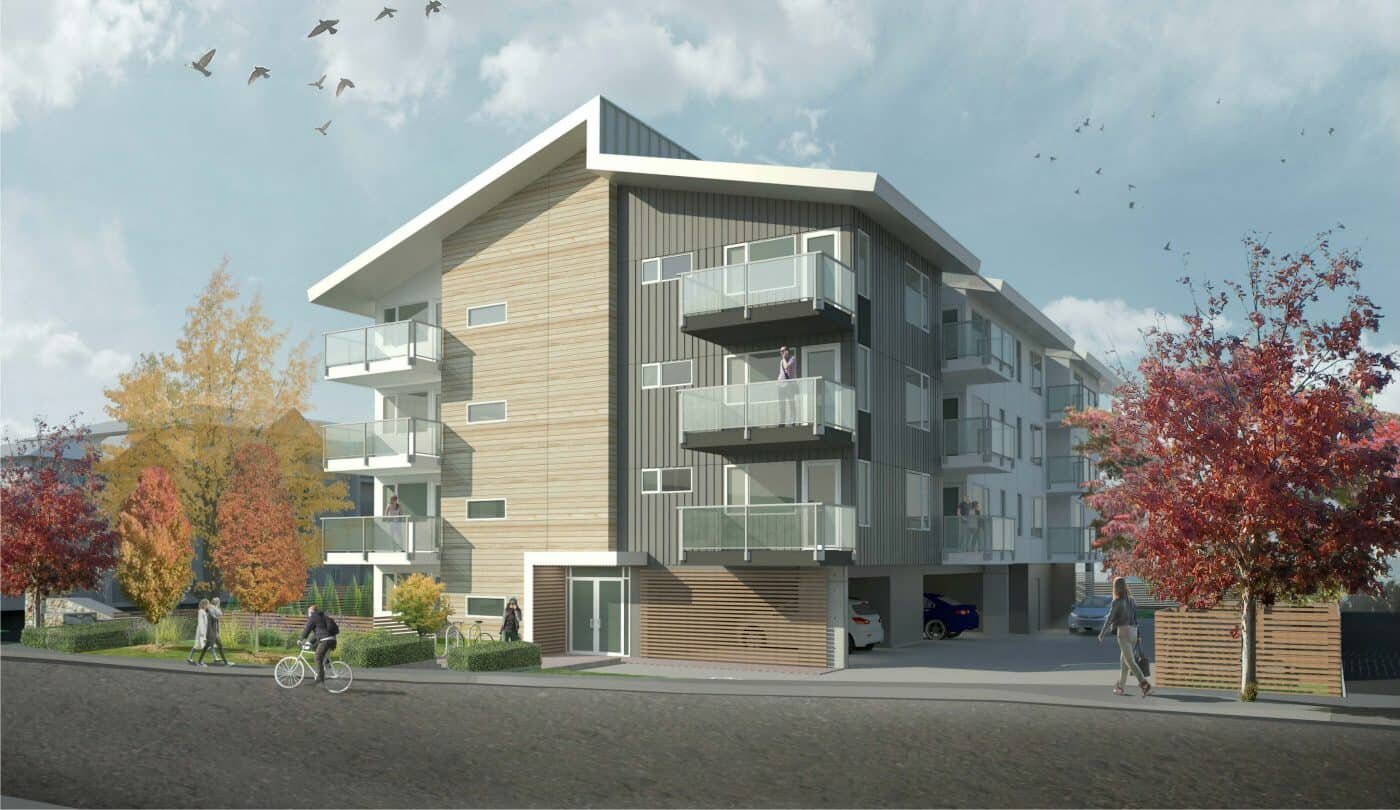
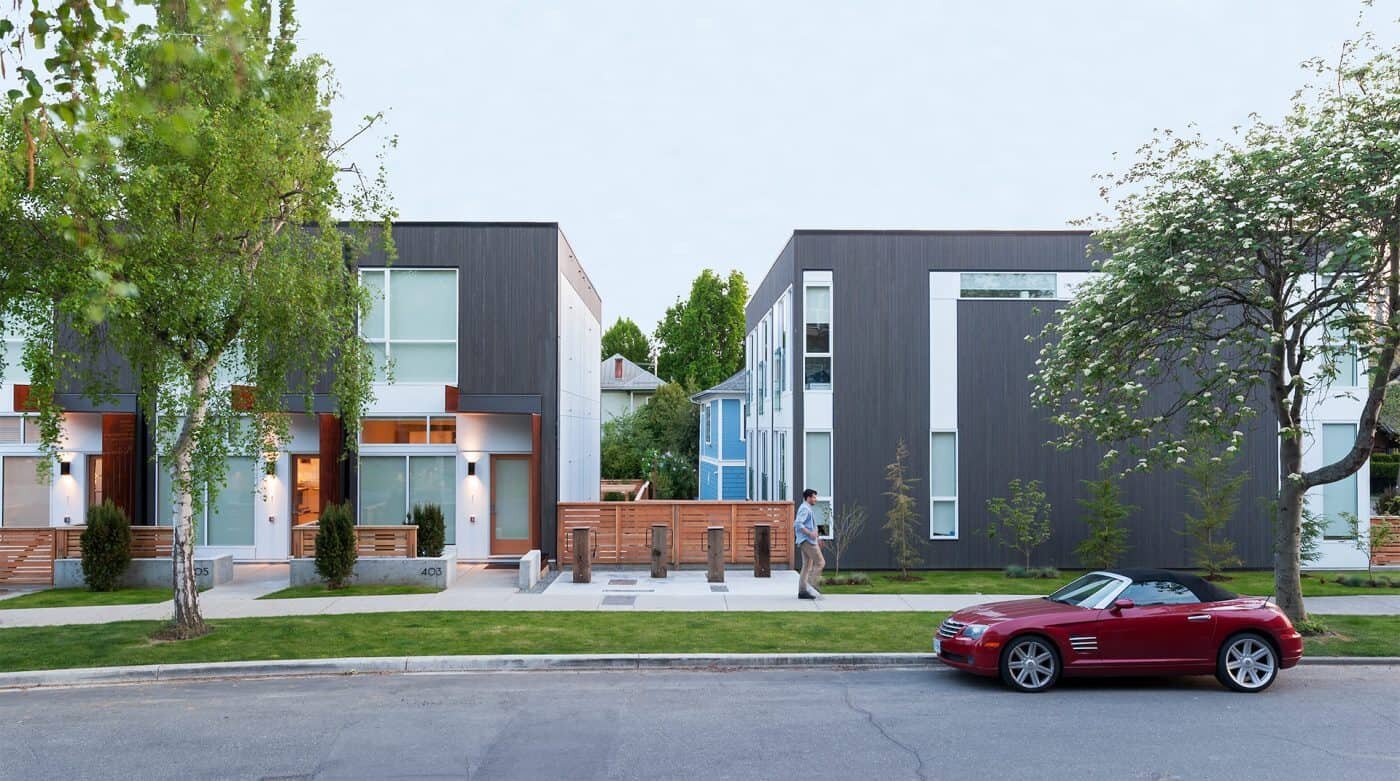
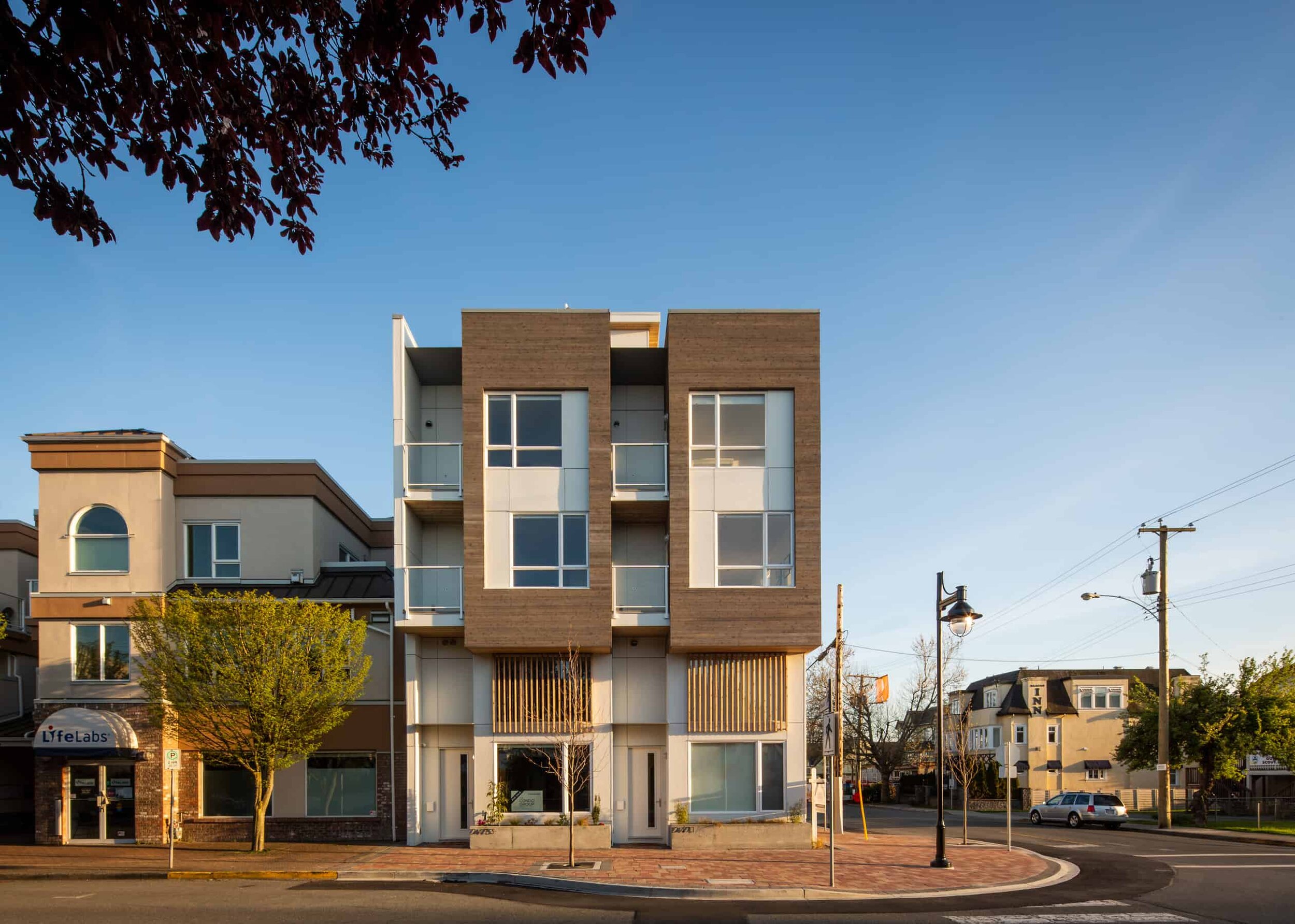
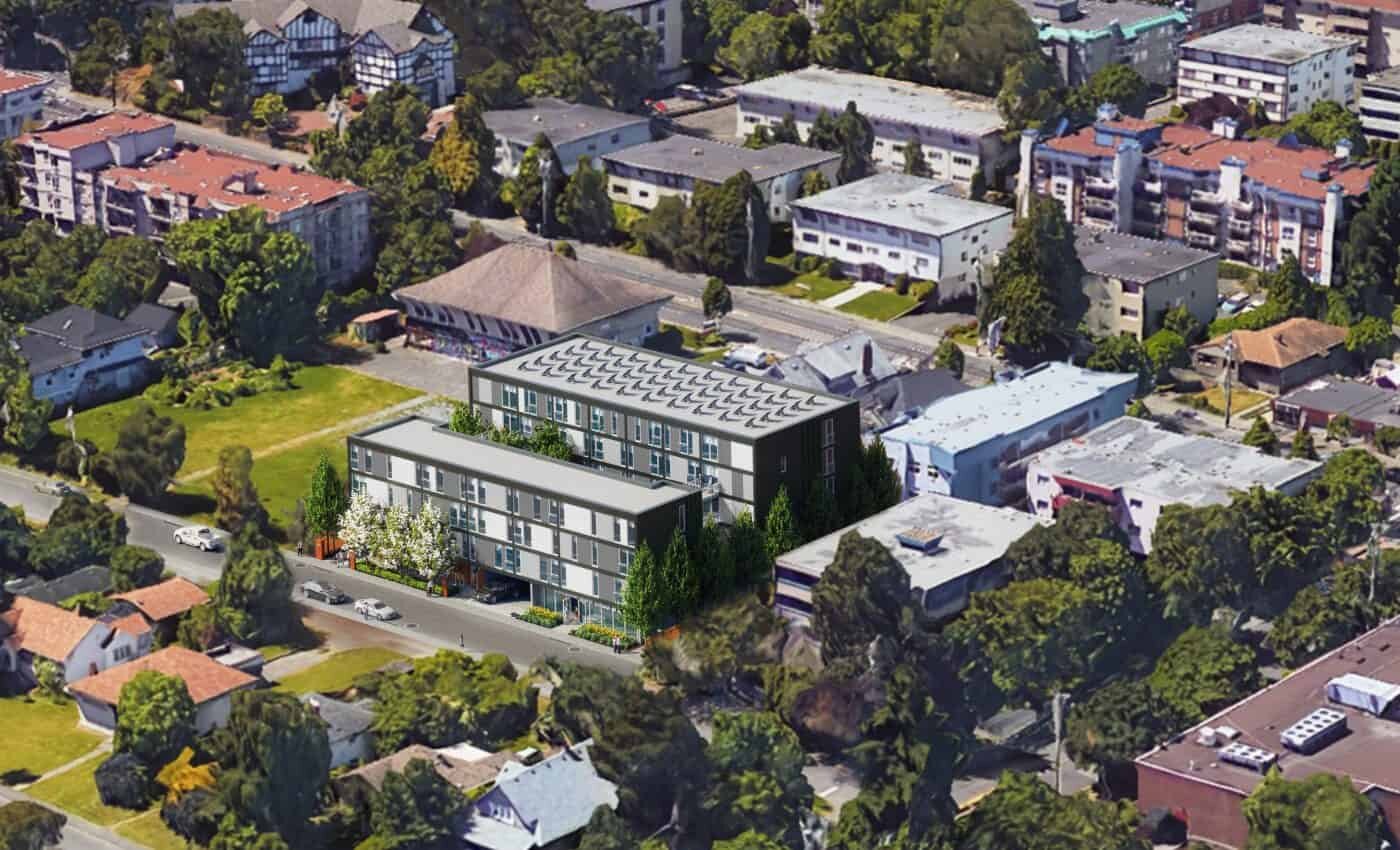
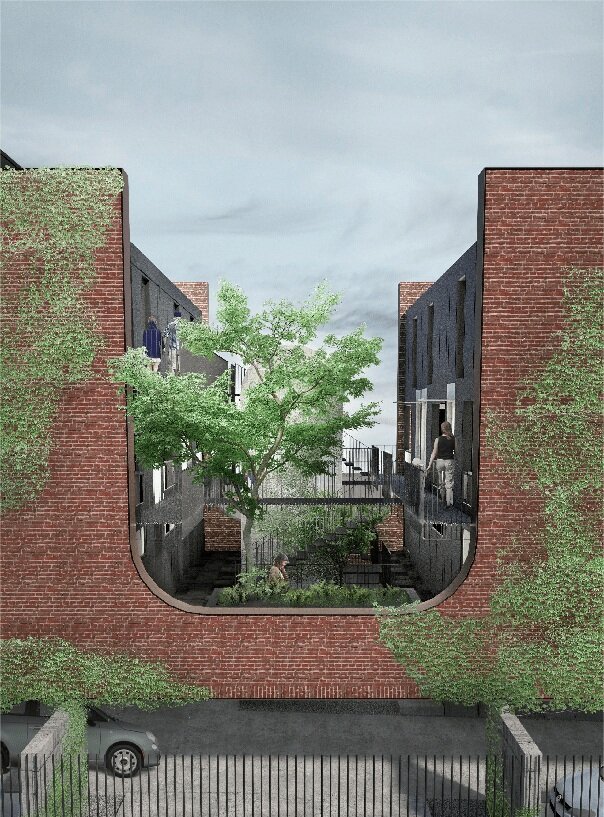
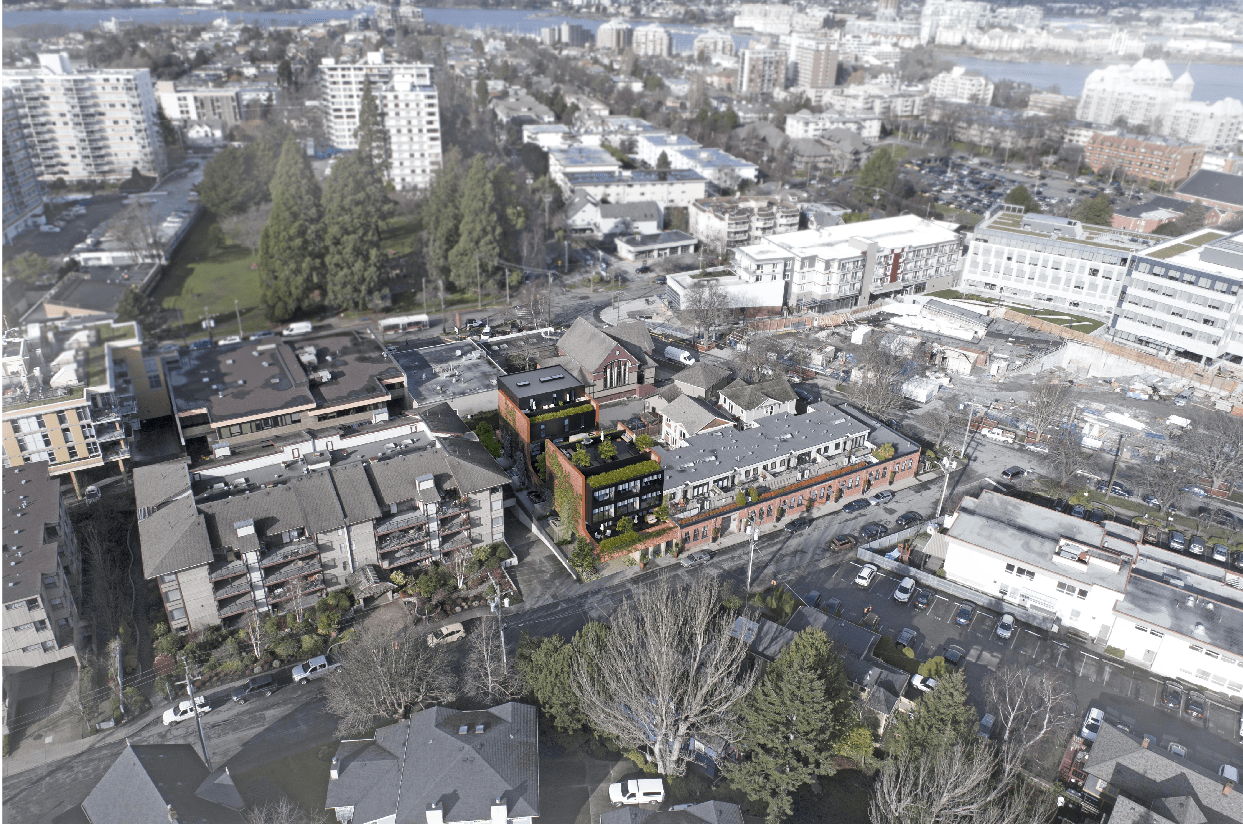
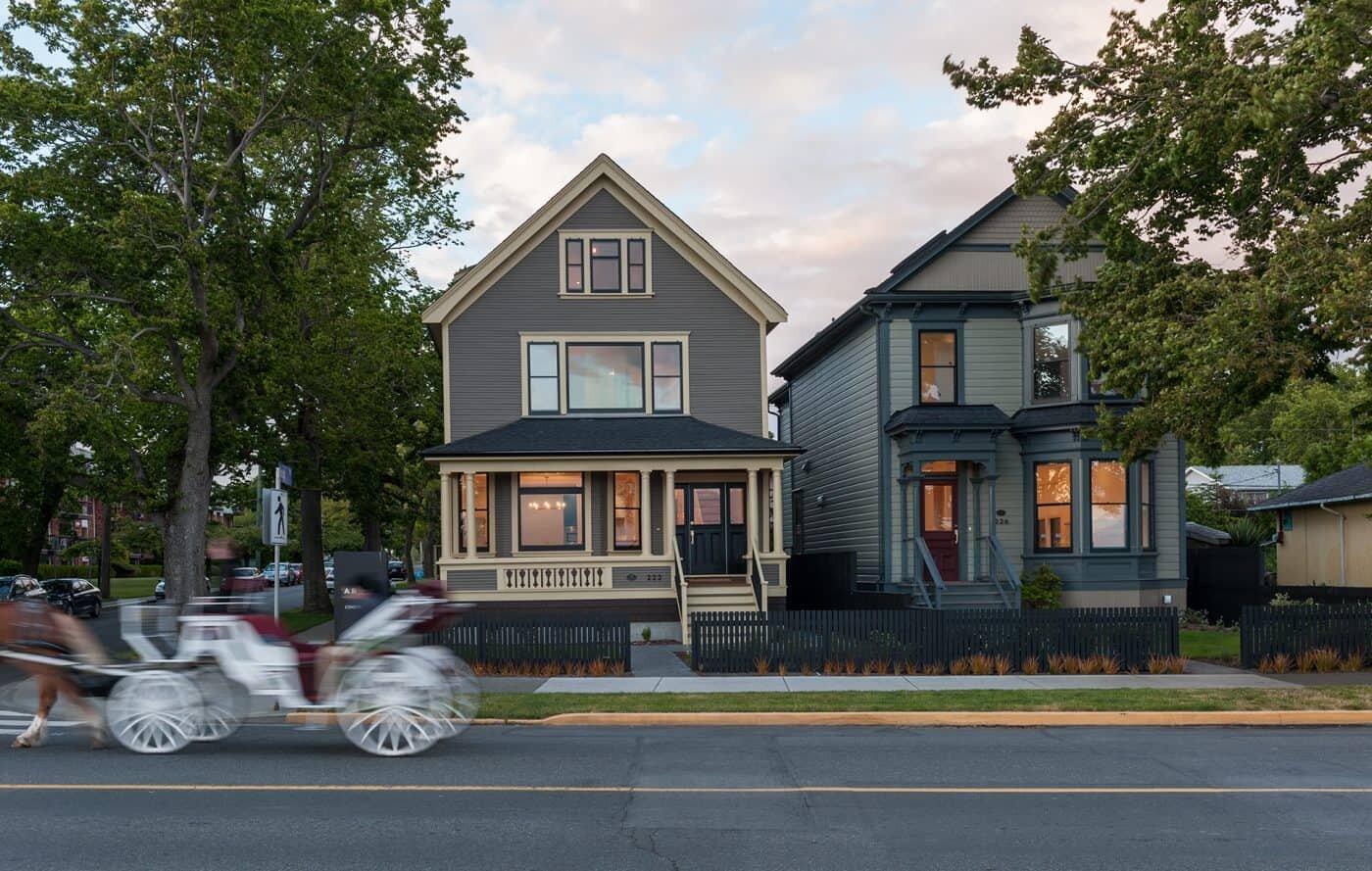
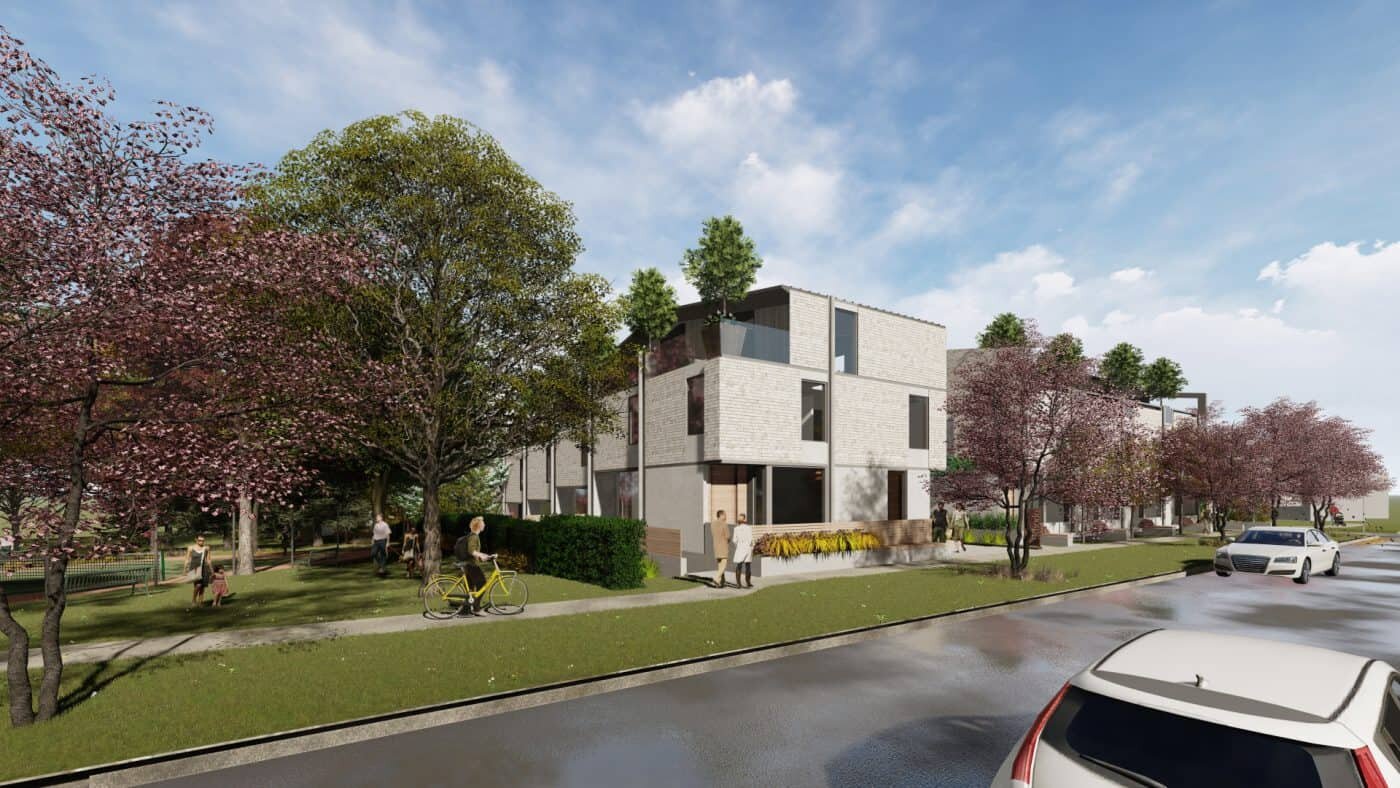

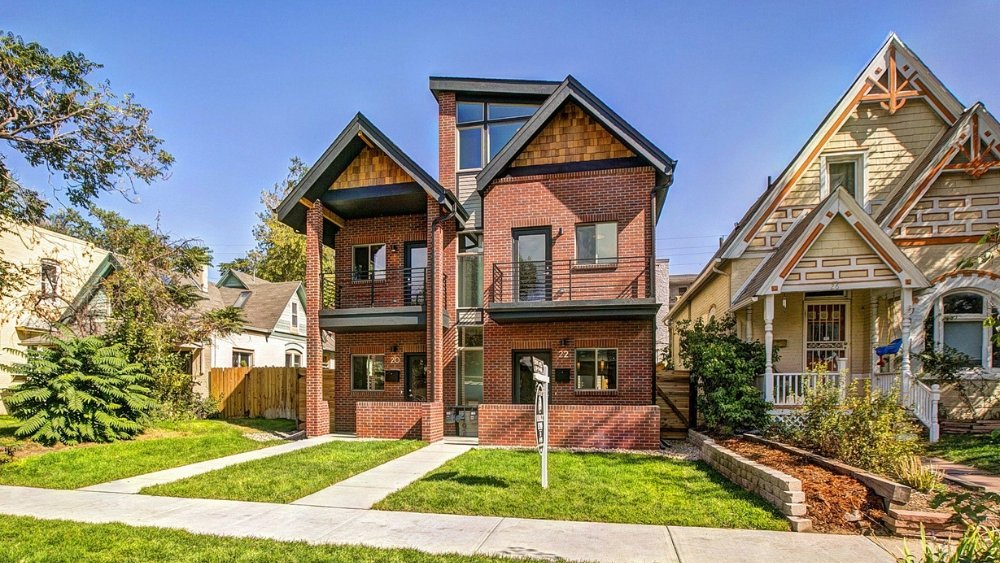

Iowa’s new ADU law puts power in the hands of homeowners, not just developers—and makes it easier for grandma to stay close to home.